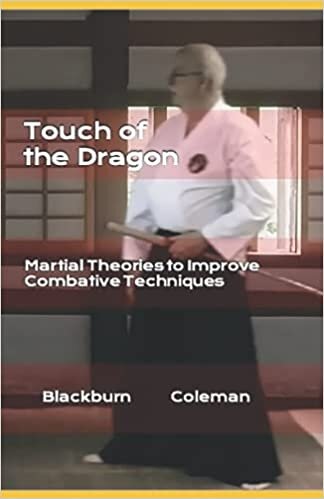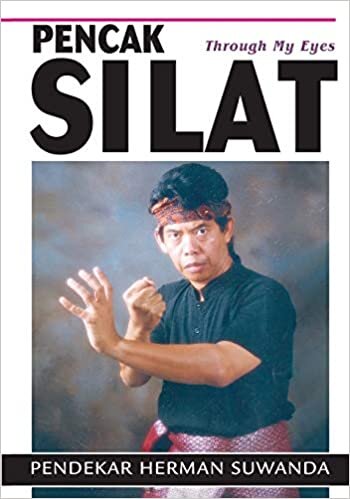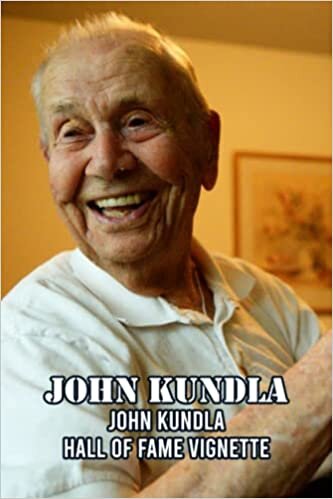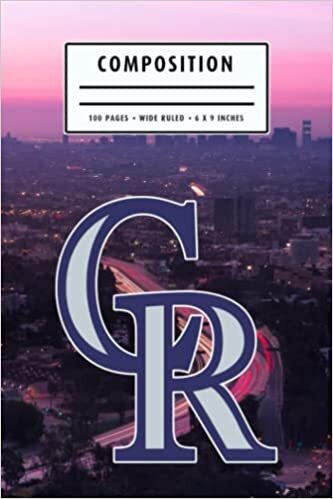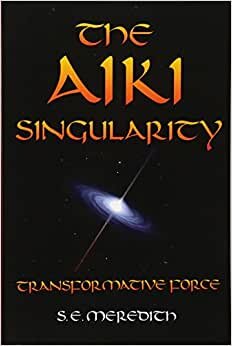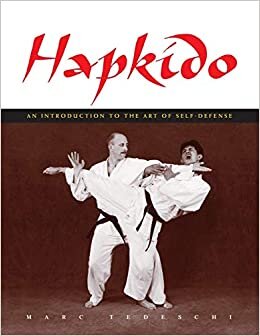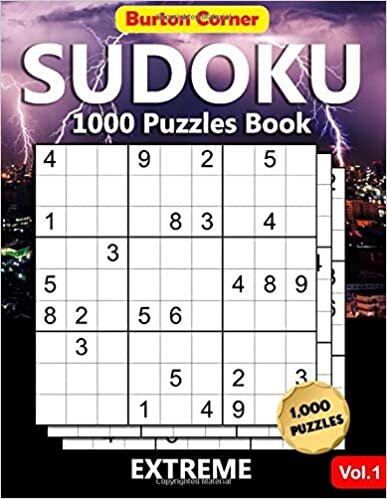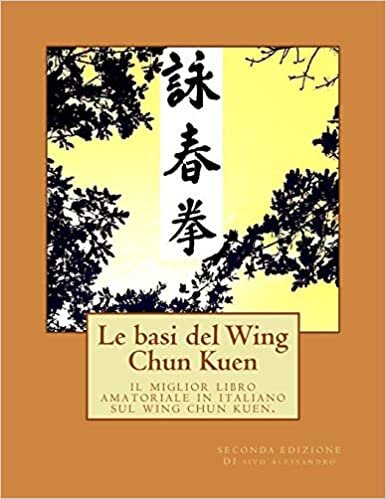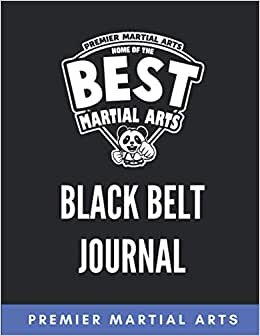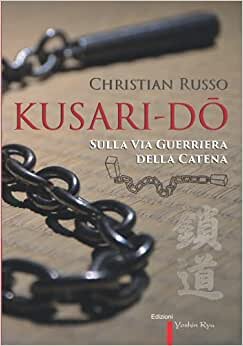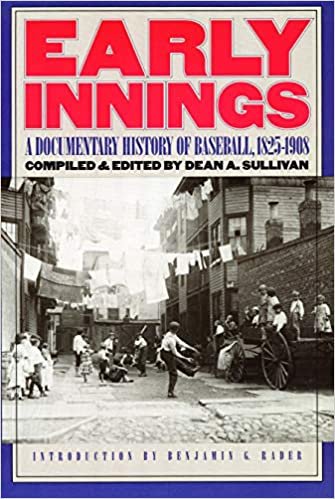okumak Ch'ang Hon Taekwon-do Hae Sul - Real Applications to the ITF Patterns: Vol 2 internet üzerinden
Ch'ang Hon Taekwon-do Hae Sul - Real Applications to the ITF Patterns: Vol 2
"... the art merely became like a domesticated wild cat, content to sleep whilst still retaining a savagery at its heart enabling it to bare its teeth when required." - John Dowding, 4th degree Ch'ang Hon Taekwon-do Hae Sul: Real Applications To The ITF Patterns, Vol. 2 continues where the ground breaking Vol. 1 left off. In Vol. 2 the senior patterns of the Ch'ang Hon System up to 2nd Dan, have gone through the same in-depth analysis as the lower grade patterns originally did, with each one having been examined, dissected and rebuilt to help the student of Taekwon-do to understand what is really contained within the patterns we practice in Taekwon-do. Patterns Hwa-Rang, Choong-Moo, Kwang-Gae, Po-Eun, Ge-Baek, Eui-Am, Choong-Jang, Ko-Dang and Juche have been examined in-depth to find more realistic applications for their movements - based upon what the author refers to as their 'DNA'. In this volume, even the ready postures and stances have been examined and the results are documented in step by step photographic detail, using over 2,200 photographs. Comprising over 350 pages, this book not only shows more realistic applications to the Red Belt, 1st Dan and 2nd Dan patterns, but also explains how it is possible to achieve these applications in the first place, why General Choi, Hong Hi, the founder of Ch'ang Hon Taekwon-do couldn't make the same conclusions, as well as expelling a falsehood that has been with Taekwon-Do since its inception! After reading this book, the patterns of Taekwon-do no longer seem just a collection of movements, performed in a dance-like fashion for competitions or gradings, but become realistic techniques that can actually be utilised as real world self defence applications - making this a must-read companion to Vol. 1, for all students who study and practice Taekwon-do.
Ch'ang Hon Taekwon-do Hae Sul - Real Applications to the ITF Patterns: Vol 2 kitabının yorumları - (5)
İnceleme ekle
Popüler yazarlar
En İyi Yayıncılar

